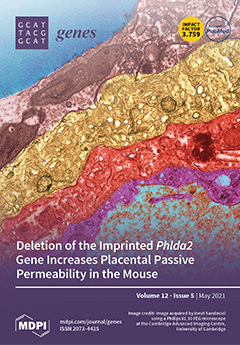Potassium (K+), as a vital element, is involved in regulating important cellular processes such as enzyme activity, cell turgor, and nutrient movement in plant cells, which affects plant growth and production. Potassium channels are involved in the transport and release of potassium in plant cells. In the current study, three
OsKAT genes and two
OsAKT genes, along with 11 nonredundant putative
potassium channel genes in the rice genome, were characterized based on their physiochemical properties, protein structure, evolution, duplication, in silico gene expression, and protein–protein interactions. In addition, the expression patterns of
OsAKTs and
OsKATs were studied in root and shoot tissues under salt stress using real-time PCR in three rice cultivars.
K+ channel genes were found to have diverse functions and structures, and
OsKATs showed high genetic divergence from other
K+ channel genes. Furthermore, the Ka/Ks ratios of duplicated gene pairs from the
K+ channel gene family in rice suggested that these genes underwent purifying selection. Among the studied K+ channel proteins, OsKAT1 and OsAKT1 were identified as proteins with high potential N-glycosylation and phosphorylation sites, and LEU, VAL, SER, PRO, HIS, GLY, LYS, TYR, CYC, and ARG amino acids were predicted as the binding residues in the ligand-binding sites of K+ channel proteins. Regarding the coexpression network and KEGG ontology results, several metabolic pathways, including sugar metabolism, purine metabolism, carbon metabolism, glycerophospholipid metabolism, monoterpenoid biosynthesis, and folate biosynthesis, were recognized in the coexpression network of K+ channel proteins. Based on the available RNA-seq data, the
K+ channel genes showed differential expression levels in rice tissues in response to biotic and abiotic stresses. In addition, the real-time PCR results revealed that
OsAKTs and
OsKATs are induced by salt stress in root and shoot tissues of rice cultivars, and
OsKAT1 was identified as a key gene involved in the rice response to salt stress. In the present study, we found that the repression of
OsAKTs,
OsKAT2, and
OsKAT2 in roots was related to salinity tolerance in rice. Our findings provide valuable insights for further structural and functional assays of
K+ channel genes in rice.
Full article






